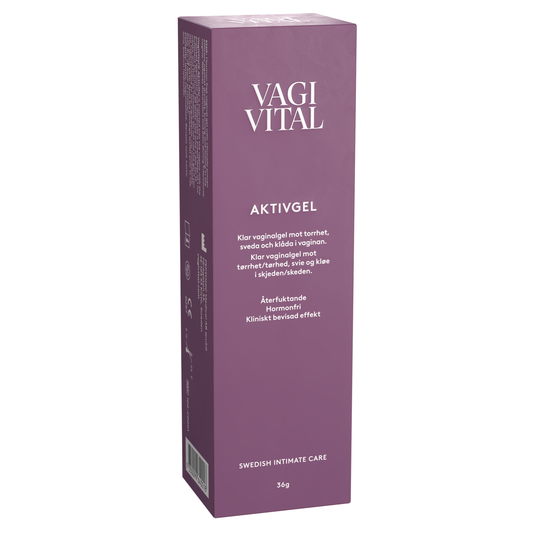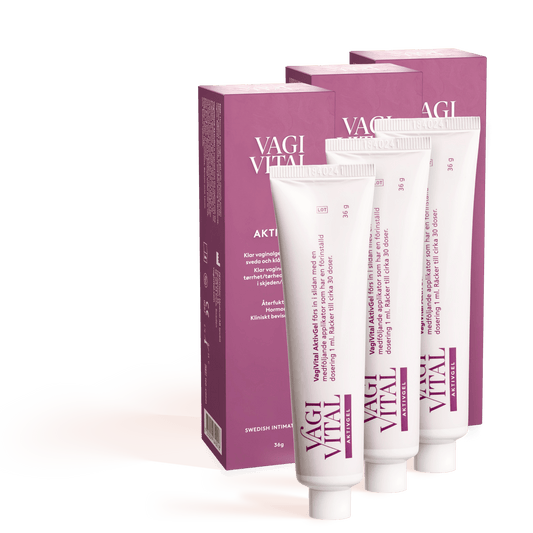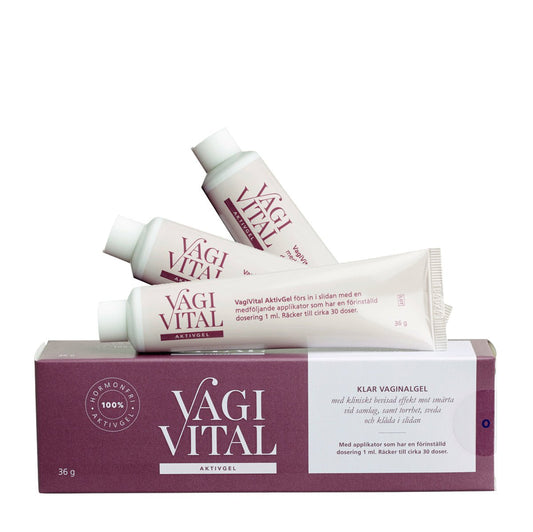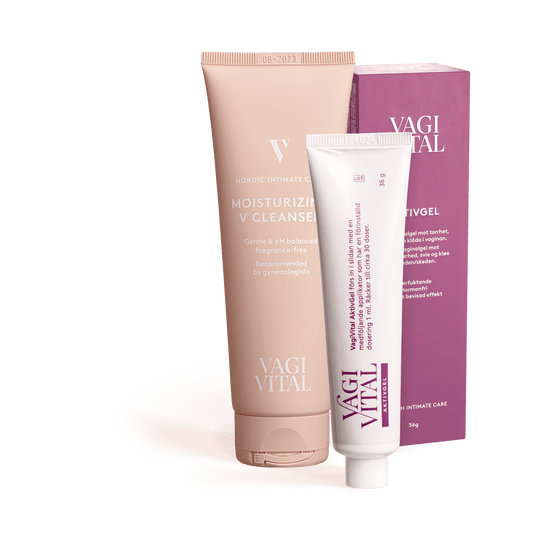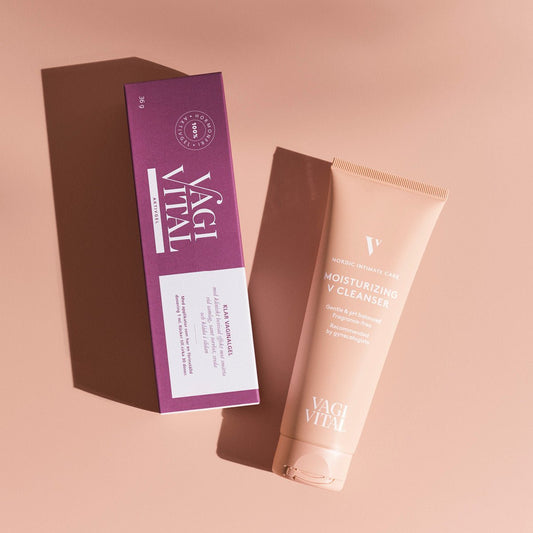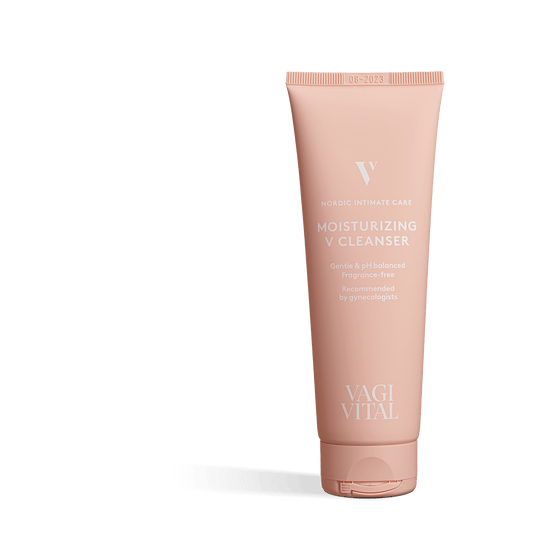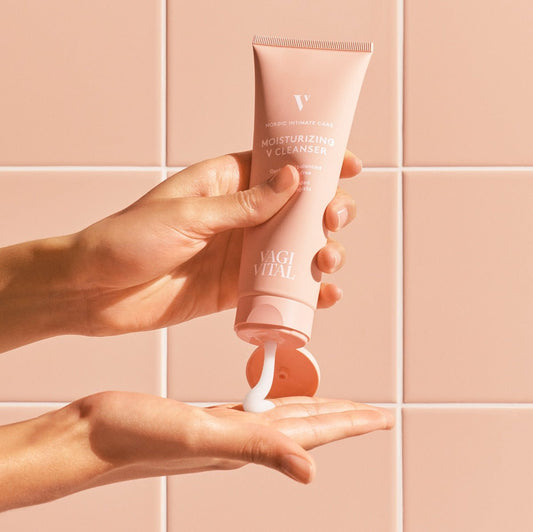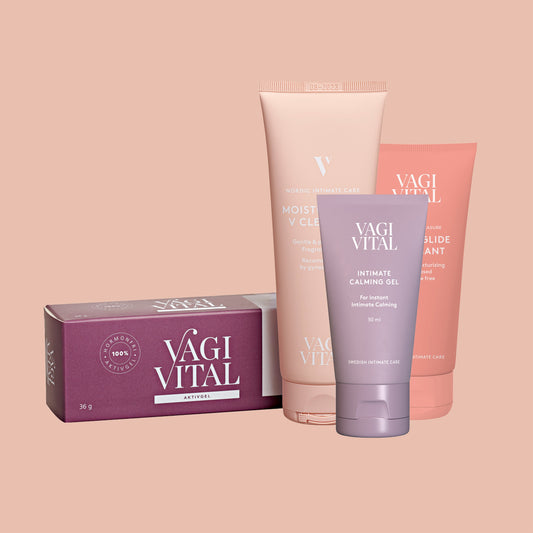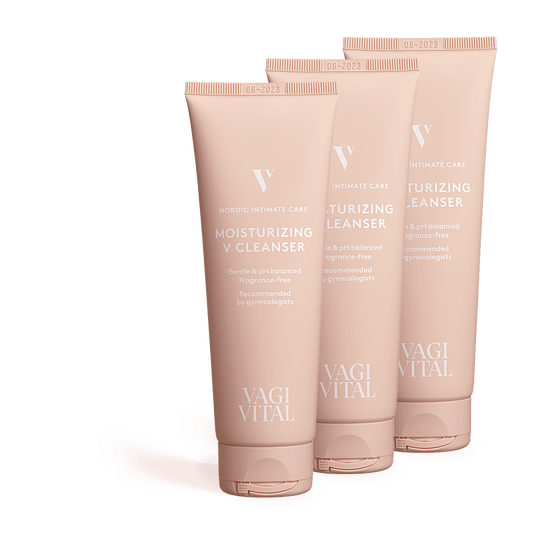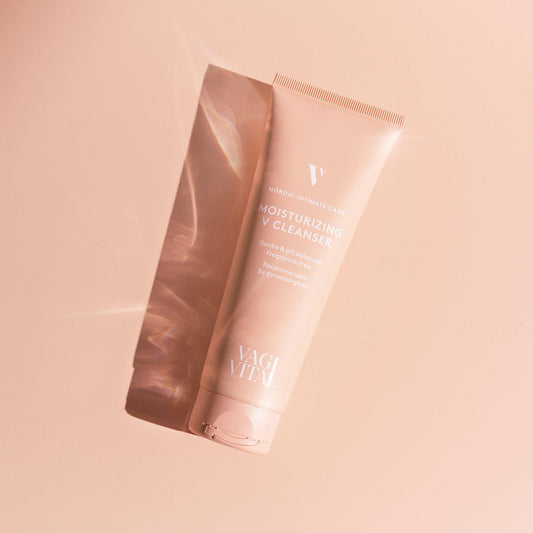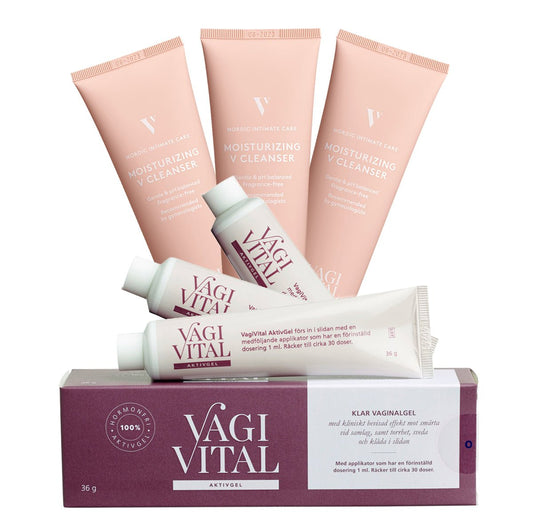Bacterial Vaginosis vs. Yeast Infection: How Do You Know the Difference?
Summer is wonderful, but for many women, it also means an increased risk of unpleasant issues in the intimate area. Two of the most common problems are bacterial vaginosis (BV) and yeast infections. But how do you know what is what, and why is summer a period when more people are affected?
WHY IS SUMMER A RISK PERIOD?
During the summer, we are exposed to more factors that can disrupt the balance in the intimate area. Damp swimwear, increased sweating, and changed hygiene routines can all contribute to changes in the intimate environment. By changed hygiene routines, we mean that one might shower more often and use different types of soap or cleansing products. Using strong soaps can disturb the natural pH balance in the intimate area, making it easier for both yeast and harmful bacteria to grow. This creates a perfect breeding ground for both BV and yeast infections. Therefore, always make sure to have our moisturizing intimate wash V Cleanser in your toiletry bag❤️

Buy a 3-pack of V Cleanser intimate wash and get 10% off here!
SYMPTOMS OF BACTERIAL VAGINOSIS
🌸 Foul-smelling discharge: A strong, fishy odor that often worsens after intercourse.
🌸 Gray-white discharge: The discharge is often thinner than usual and can be gray-white in color.
🌸 Mild irritation: Some women experience slight itching or irritation, but not always.
SYMPTOMS OF YEAST INFECTION
🌸 Intense itching: One of the most prominent symptoms is severe itching around the vagina.
🌸 Thick, white discharge: The discharge often resembles cottage cheese in texture.
🌸 Redness and swelling: The skin around the vagina can become red and swollen, and sometimes pain occurs during urination or intercourse.
HOW CAN YOU KNOW WHAT YOU SUFFER FROM?
It can be difficult to distinguish between bacterial vaginosis and yeast infection based solely on symptoms, as they can overlap. Additionally, some women may have a dual diagnosis, that is both BV and yeast at the same time. One symptom may hide behind the other, making it even more important to find out what the symptoms are due to before treating. Incorrect treatment, for example treating for yeast without having it, can worsen the problems and further disrupt the natural balance.
A good first step is to use our self-test, VagiVital VS for bacterial vaginosis. With this test, you can easily and quickly find out if you suffer from bacterial vaginosis, all in the comfort of your own home.

Buy VS Self-test for bacterial vaginosis here!
TREATMENT OF BACTERIAL VAGINOSIS
If you have bacterial vaginosis, there is an effective treatment. Vernivia vaginal mousse by VagiVital restores the balance of bacteria in the genital area and quickly relieves symptoms. Within 12 hours, your foul-smelling discharge caused by bacterial vaginosis is alleviated. Vernivia is easy to use at home and treats bacterial vaginosis in 7 days – completely free from antibiotics!

Buy Vernvia vaginal mousse here!
TREATMENT OF YEAST INFECTION
For yeast infections, there are several over-the-counter treatments available at pharmacies. It is important to follow the instructions carefully and complete the treatment, even if symptoms disappear earlier. If the infection recurs frequently, you should contact a doctor for further investigation.
 Read our blog on how to get rid of yeast infection here!
Read our blog on how to get rid of yeast infection here!
TIPS FOR PREVENTING BV AND YEAST INFECTIONS DURING THE SUMMER
🌸 Change swimwear quickly: Avoid sitting in wet swimwear for too long.
🌸 Wear breathable underwear: Cotton underwear helps keep the area dry.
🌸 Avoid strong soap products: Use mild, fragrance-free products for intimate hygiene.
🌸 Dry yourself thoroughly: After showering or bathing, make sure you are completely dry before dressing.
Take care of yourself & Stay Pussytive and enjoy the summer a little longer❤️
/VagiVital team
Recommended products for you
- Choosing a selection results in a full page refresh.
- Opens in a new window.

